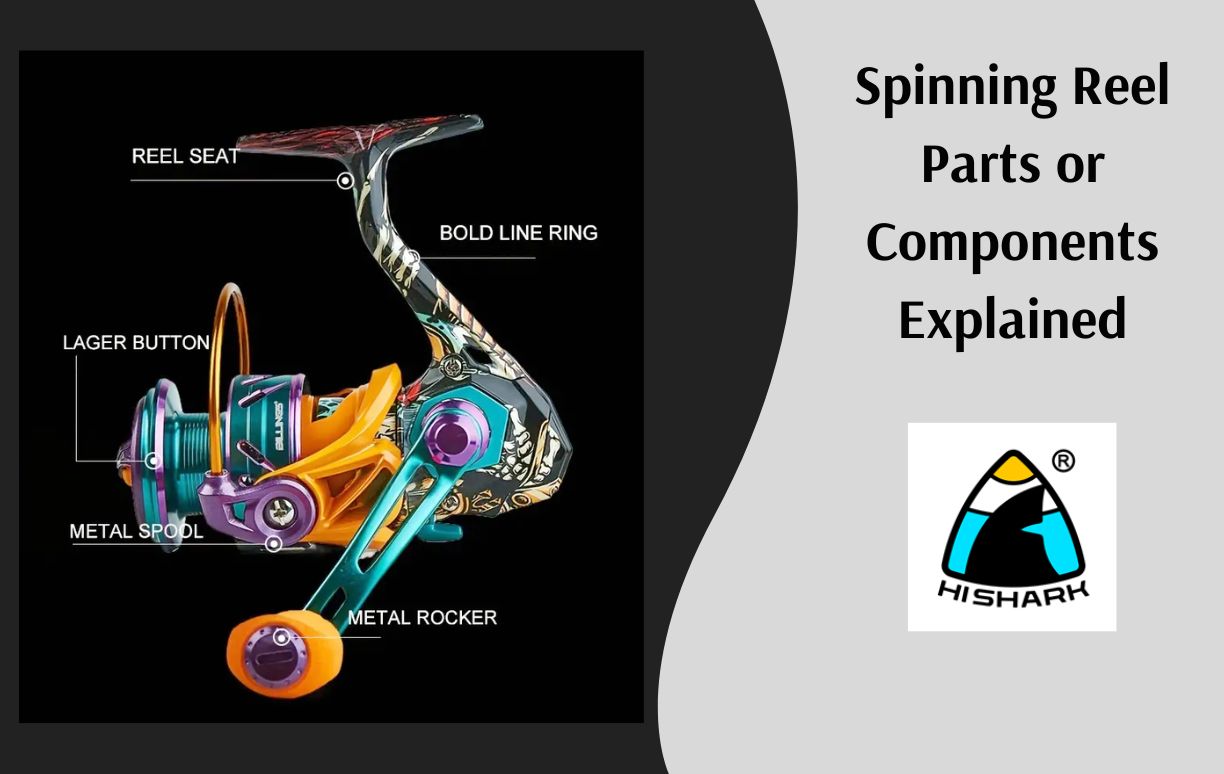
What are trolling fishing reels?
Trolling reels are special fishing reels designed for dragging bait or lures behind a moving boat to attract and catch fish. These reels play a crucial role in trolling, a popular fishing technique used in both freshwater and saltwater environments.
In this comprehensive guide, we’ll explore the features, benefits, types, and maintenance, helping you understand their importance and how to choose the right one for your fishing needs.
Introduction
Trolling is a highly effective fishing method that involves dragging baits or lures through the water while the boat moves. To execute this technique efficiently, anglers rely on trolling reels, which are specifically engineered to handle the unique demands of trolling. These reels are built to withstand the constant strain and provide smooth line release and retrieval, making them indispensable for serious anglers.
Anatomy of Trolling Reels
Trolling reels are robust and designed to handle heavy lines and large fish. They are characterized by their sturdy construction, large line capacity, and powerful drag systems.
Key Features
- Sturdy Construction: Built with durable materials like stainless steel and high-quality aluminum to withstand harsh marine environments.
- Large Line Capacity: Capable of holding significant amounts of line, essential for trolling at various depths and distances.
- Powerful Drag System: Designed to handle the intense pressure from large, powerful fish without compromising smoothness and control.
How Trolling Reels Work
Trolling reels function by allowing anglers to deploy bait or lures at a controlled depth and distance behind the boat. The reel’s drag system plays a vital role in managing the tension and preventing line breakage when a fish strikes.
The Trolling Process
- Deployment: Anglers release the line to set the bait or lure at the desired depth.
- Trolling: As the boat moves, the bait or lure mimics the movement of prey, attracting fish.
- Hooking: When a fish strikes, the drag system absorbs the initial impact, allowing for a controlled fight.
Benefits of Using Reels
Trolling reels offer several advantages that make them essential for trolling:
Increased Line Capacity
Trolling reels can hold more line than standard reels, allowing anglers to troll at greater distances and depths. This capability is crucial for targeting fish that inhabit deeper waters or are spread out over a large area.
Enhanced Durability
Constructed with high-quality materials, trolling reels are built to last. They can withstand the corrosive effects of saltwater and the mechanical strain of reeling in large fish, providing longevity and reliability.
Superior Drag Systems
Trolling reels feature advanced drag systems that offer smooth, consistent resistance. This is vital for managing powerful fish and preventing line breakage during the fight.
Types of Trolling Fishing Reels
Conventional Reels
Conventional fishing reels, also known as overhead reels, are popular for their strength and large line capacity. They are ideal for deep-sea fishing and targeting big game fish like tuna and marlin.
Line Counter Reels
Line counter reels have a built-in counter that measures the amount of line deployed. This feature is useful for maintaining precise control over the trolling depth and ensuring consistent bait presentation.
Electric Reels
Electric reels are equipped with motors that assist in line retrieval. These reels are beneficial for deep-water trolling and reducing the physical effort required to reel in heavy lines and large fish.
Choosing the Right Trolling Reel
When selecting a trolling reel, consider the following factors:
Target Species
Choose a reel that matches the size and strength of the fish you are targeting. Larger fish require reels with higher line capacity and stronger drag systems.
Fishing Environment
Consider the environment where you’ll be fishing. Saltwater reels need to be more corrosion-resistant than freshwater reels due to the harsh marine conditions.
Reel Capacity
Ensure the reel can hold enough line for the depths and distances you plan to troll. This is especially important for deep-sea fishing where significant amounts of line are required.
Gear Ratio
The gear ratio affects the speed of line retrieval. A higher gear ratio means faster retrieval, which can be advantageous when quickly reeling in lines or fighting fast-moving fish.
Maintenance and Care
Proper maintenance of trolling fishing reels is crucial for their longevity and performance. Here are some tips:
Regular Cleaning
After each fishing excursion, rinse the reel with clean water to eliminate salt, sand, and dirt. Use a soft cloth to dry the reel and prevent corrosion.
Lubrication
Lubricate the moving parts of the reel regularly to ensure smooth operation. Use reel-specific lubricants to avoid damaging the components.
Inspection and Repair
Periodically inspect the reel for signs of wear and tear. Replace any damaged parts promptly to maintain optimal performance and avoid unexpected failures during fishing trips.
Conclusion
Trolling reels are essential tools for anglers who engage in trolling, providing the necessary strength, line capacity, and drag performance to handle the demands of this fishing technique. By understanding their features, benefits, and maintenance requirements, you can select the right reel for your needs and enhance your fishing experience. Whether you’re targeting deep-sea giants or freshwater predators, a well-chosen trolling reel can make all the difference in your success on the water.
Embrace the power and precision of trolling fishing reels and enjoy the thrill of reeling in your next big catch. You can have a look at our best spinning reel in 2024.


















